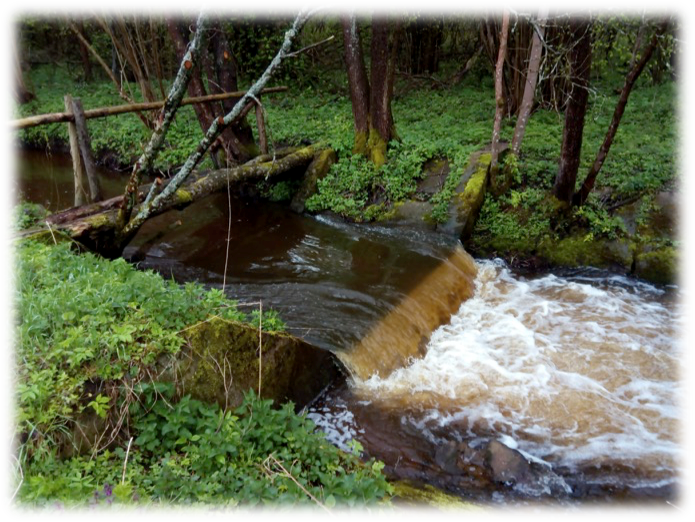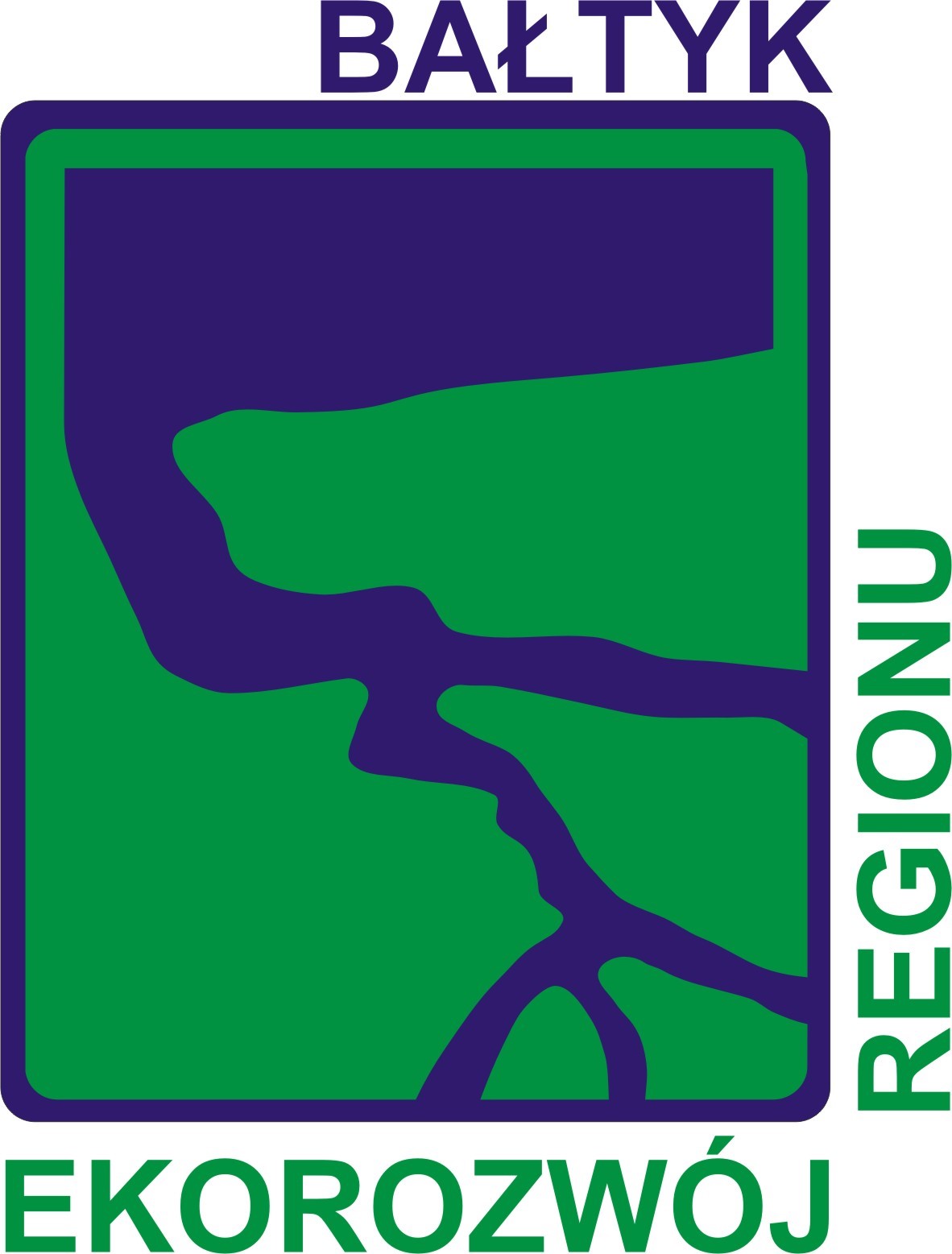Increasing passability of ecological corridors in the Parsęta River Basin

Situation and background
The Parsęta River basin represents a relatively coherent ecosystem, but numerous hydraulic structures constructed over many years and excessive discharge of sewage in the river basin resulted in a significant reduction of biodiversity. The implementation of a large water and sewage management project, that included comprehensive upgrading and construction of water and sewerage infrastructure in the 22 townships located in the Parsęta River basin, resulted in a substantial reduction of the amount of sewage discharged directly to the rivers. Consequently, a significant improvement of water quality in the main river channel and in its tributaries was achieved.
However, the existing hydraulic structures still hinder or completely prevent fish from reaching spawning grounds or populating favourable biotopes, often located in the upper watercourse. Favourable, natural spawning grounds are identified (among others in the Gęsia, Radusza and Perznica rivers), but access to those locations is seriously hindered or even impossible in some cases. Only a small amount of fish are capable of overcoming obstacles and reaching the above tributaries of the Parsęta. The structures located there prevent further migration of fish upstream. These conditions have prevailed for many years and adversely affected biodiversity in the tributaries of the Parsęta.
Project activities and effects
Project Goal:
- The goal of the project is to increase biodiversity by restoring the morphological continuity of ecological water corridors in three tributaries of the Parsęta River: the Radusza, Gęsia and Perznica rivers.
Objectives:
- remove the existing barriers
- stabilize the river beds
- construct stabilizing base layers
- complete ripraps (rock covers) with profiled slopes
- insert tight cut-off walls preventing filtration
- integrate a gravel substrate in the river bed at a length of 40 m
Activities:
- Natural materials, such as rocks with various diameters, will be used as the principal construction material. A slope in the bed profile of rapids (a rock bed) will result in a varying water velocity and create favourable conditions for migration of aquatic species all year round.Research on the achieved ecological outcomes is planned as part of the project. It will include the inventory of spawning grounds created as a result of river restoration and the number of fish species and lamprey coming to spawn. The research project will be carried out twice: in 2018 prior to beginning work on river restoration and in 2020, following the removal of the architectural barriers. The research project will be based on electrofishing in selected locations, their description and taking an inventory of spawning grounds. The Union will also constantly monitor the number of spawning grounds and nests of the sea trout and the salmon, including those in the upgraded watercourses, after project finalization during its sustainability period.
Long-Term Effects:
The following outcomes will be achieved as part of the project:
- Total length of ecological (habitat) corridors with barriers to animal migration removed: 208 km
- The number of preserved or restored ecological (habitat) corridors: 3
- The number of constructed facilities increasing accessibility of habitat corridors: 47
The following effects will be achieved in the long term:
- strengthened populations of migratory fish
- an increased number of spawning grounds
- an expanded area of development of juvenile fish
- protection of biodiversity of the fish fauna by intensified actions preventing poaching
- increased environmental awareness in the local community
- The main target group of the project is the local community living in the Parsęta river basin. The information and promotional campaign planned as part of the project will contribute to raising awareness for the need to preserve biodiversity and to limiting the scale of poaching activities. By improving the quality of the natural environment in the river basin the project will support building the brand of the region as an area attractive for both, tourists and nature lovers.
Beneficiary
The Union of Towns and Communes of the Parsęta River Basin
Partners
- IRŚ – Zakład Ryb Wędrownych Instytutu Rybactwa Śródlądowego (Chair of Migratory Fish, Inland Fisheries Institute)ZZMiUW – Zachodniopomorski Zarząd Melioracji i Urządzeń Wodnych w Szczecinie (Western Pomerania Watertable Control and Hydraulic Structure Management)
- Association of the Parsęta Lovers
- Gaia Club Association
- Civic Fishery Guards
Project region
Poland / Zachodniopomorskie Voivodeship / Parsęta River Basin
Project duration
2018-01-01 – 2020-12-31
Budget
total project budget: € 1,395,508
funding BaltCF: € 97,685
